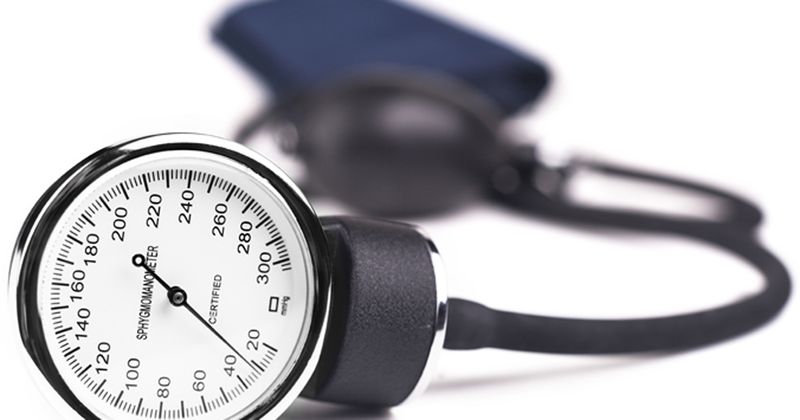‘Hypertension’ and ‘high-normal’ labels may cause more harm than good in low-risk patients
Labeling low-risk individuals based on a high BP reading led to increased worry and disease perceptions and no changes in willingness to make lifestyle changes, researchers reported.
“This is the first randomized investigation comparing the effect of different guideline labels for high BP (‘hypertension’ vs. ‘high-normal’ BP vs. control) on psychosocial and behavioral outcomes,” Danielle Marie Muscat, PhD, research fellow in the School of Public Health at the University of Sydney, and colleagues wrote in Circulation: Cardiovascular Quality and Outcomes.

For a randomized trial that enrolled 1,318 Australians from an online panel, researchers randomly assigned to one of three hypothetical scenarios in which a general practitioner told participants they had a BP reading of 135/85 mm Hg, describing it as hypertension, high-normal BP or under control. The primary outcomes were participant worry about CVD risk and willingness to change diet as assessed by an online questionnaire. Secondary outcomes included willingness to exercise, accept medication or change health behavior, perceived illness severity and other psychosocial outcomes.
Impact of labels on health
Researchers found no difference in willingness to change diet across BP label groups (P = .22) and no evidence that the hypertension label or the high-normal BP label increased willingness to exercise (P = .8).
According to the study, label of hypertension (mean difference, 0.74; 95% CI, 0.41-1.06; P < .001) and high-normal BP (mean difference, 0.45; 95% CI, 0.12-0.78; P = .008) conferred increased worry about CVD risk compared with a label of under control.
The hypertension label increased willingness to accept BP-lowering medication compared with the under-control label (mean difference, 0.2; 95% CI, 0.04-0.36; P = .014), but the high-normal label did not (mean difference, 0.06; 95% CI, 0.1 to 0.21; P = .49).
Moreover, participants assigned the hypertension and high-normal labels reported psychosocial differences such as perceived severity, more negative affect, illness perceptions and beliefs and overall happiness compared with control (P for all < .001). “These findings suggest that labeling low-risk people based on systolic BP readings that are 130 to 140 mm Hg may be more likely to harm than to benefit,” the researchers wrote. “Our findings showed increased risk perceptions, worry, negative affect and perceived negative impacts on life (eg, obtaining health and travel insurance) when both ‘hypertension’ and the ‘high-normal’ label were used. While these findings are novel for the ‘high-normal’ label, they are consistent with a longstanding body of work examining the potential harmful impacts of the ‘hypertension’ label.”
Participants were also randomly assigned to additional information about absolute risk; however, in the hypertension group, the additional information led to a decreased willingness to change diet (mean difference, 0.25; 95% CI, 0.1-0.41; P = .001) and lower willingness to increase exercise (mean difference, 0.28; 95% CI, 0.11-0.45; P = .001), compared with the control group.
‘First, do no harm’
“The findings from this study are a timely reminder of the Hippocratic oath, ‘First, do no harm,’” Anastasia S. Mihailidou, PhD, head of the cardiovascular and hormonal research laboratory at Kolling Institute in Sydney, wrote in a related editorial. “Advising people that they are hypertensive or high normal when they have low risk of cardiovascular disease potentially may cause harm rather than engage them. Since guidelines are evidence-based, they should also consider the increasing evidence of patients’ responses to having a medical label because words do matter to the patients. And this possibility for harm is only amplified if this may lead to initiating treatment with potential side effects.”

